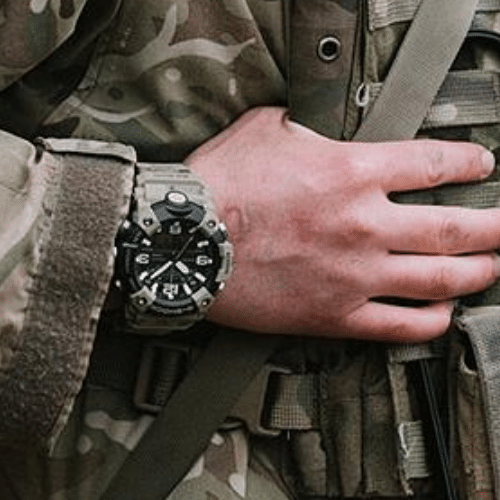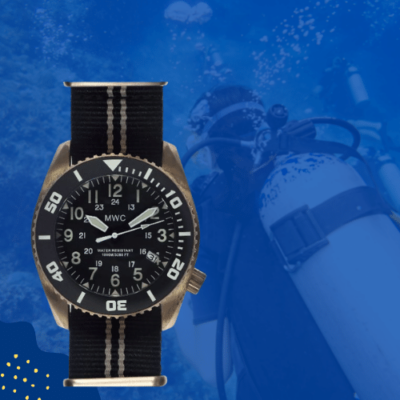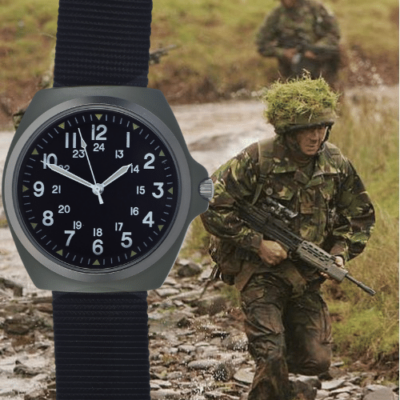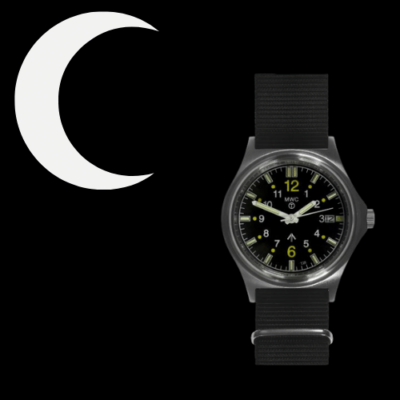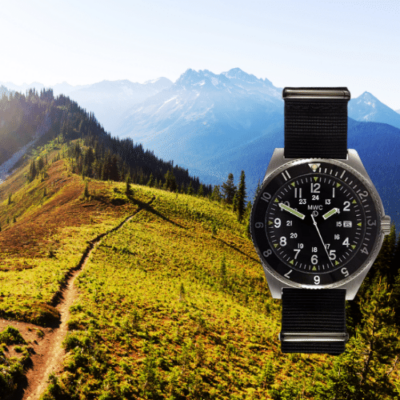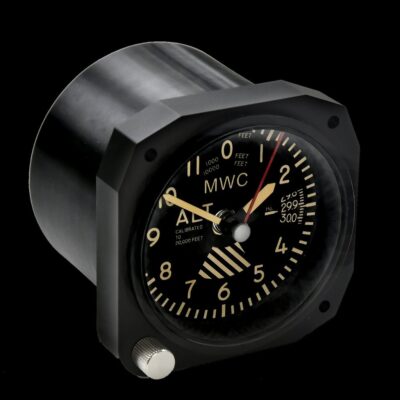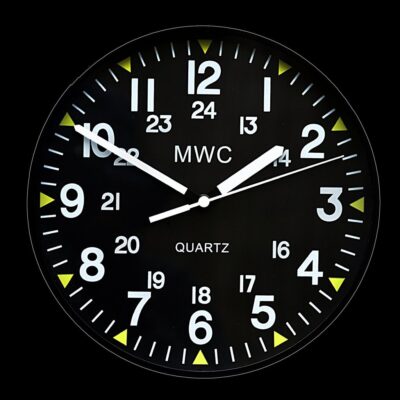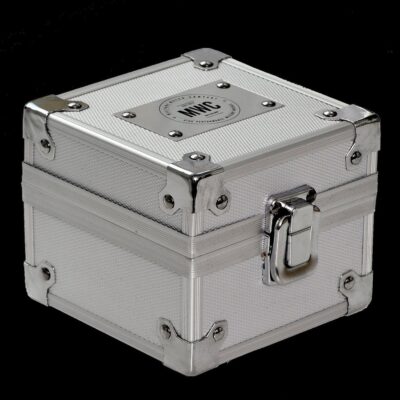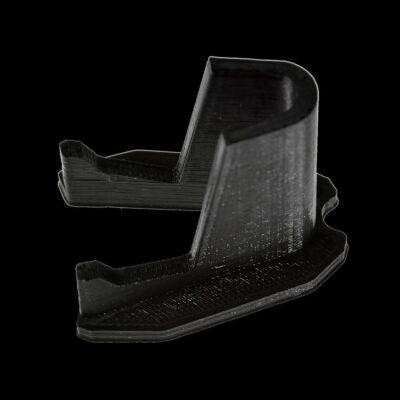News
Russia’s Newest Fighter Having High Impact in Ukrainian Combat: Su-30SM2 on the Frontlines
The newest fighter type in the Russian Armed Forces inventory, the Su-30SM2, has been intensively combat tested since it began to enter service in early 2022, with the outbreak of full scale hostilities between Russia and Ukraine just weeks after it became operational providing significant opportunities to further refine operational tactics. New details on the fighter’s performance in the theatre have been provided by the Russian state arms export conglomerate Rostec, which reported: “Aircraft of this type have confirmed their effectiveness in the special military operation. They have a record of hundreds of destroyed aerial and ground targets, including Patriot systems.” “Thanks to its powerful radar, the Su-30SM2 can ‘see’ farther and more accurately, which facilitates the crew’s operation. In turn, its advanced electronic warfare system allows the fighter to effectively counter enemy air-launched weapons,” the report added.

The Su-30SM first entered service in the Russian Air Force in 2012, following the termination of the ambitious Soviet MiG 1.42 fifth generation fighter program in 2001, and major delays to the more conservative Su-57 fifth generation program. The aircraft was developed as an enhanced derivative of the USSR’s most capable fighter type the Su-27 air superiority fighter, and directly replaced Soviet built Su-27s in frontline roles. The Su-30SM program had negligible development costs, as the aircraft was very closely based on the Su-30MKI developed for the Indian Air Force and financed by the Indian Defence Ministry for service entry from 2002. Ten years after the Su-30SM entered service, the Su-30SM2 was operationalised with updated avionics and integration of the new AL-41F-1S engine developed for the Su-35, which significantly improved its range, flight performance, and the power available for onboard systems.
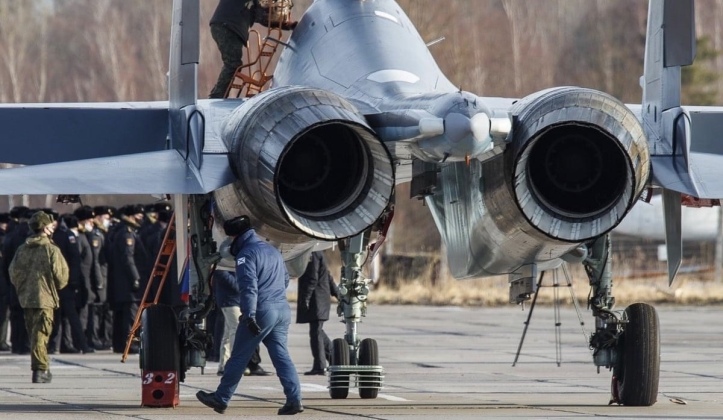
The Su-30SM2’s engines have significantly lower maintenance requirements and longer lifetimes than the older AL-31 series, and have thee dimensional thrust vectoring capabilities which facilitate very high levels of low speed manoeuvrability. With the fighter being approximately 70 percent as costly to procure as the Su-35, while being considerably simpler to maintain and having lower sustainment costs, it has been highly attractive for both the Russian Armed Forces and for foreign clients. Its capabilities are considered broadly comparable to those of Su-35, particularly for roles other than air-to-air combat.
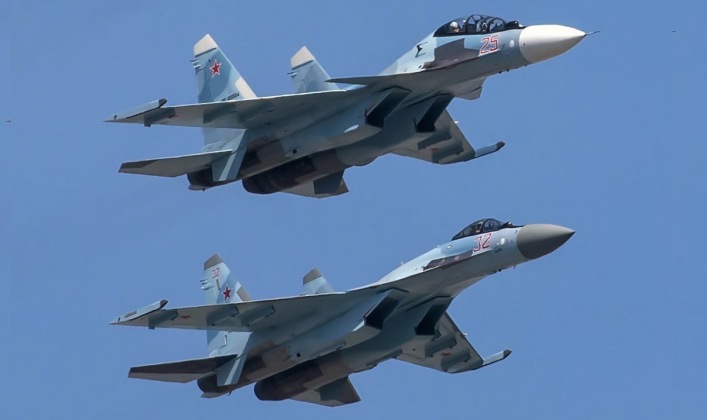
Alongside new production to meet both local and Belarusian orders, older Su-30SM fighters have also widely been modernised to the Su-30SM2 standard. The upgrade package is expected to gain significant interest abroad as the older AL-31 engines exported to power close to 400 Su-30MKIs, Su-30SMs, and their derivatives fielded abroad begin to need replacement. As the largest clients for Russian fighters and largest foreign operators of these enhanced Su-30 variants, India and Algeria areconsidered particularly likely to place orders for the AL-41F-1S and avionics upgrades. Although the Su-30 has continued to be the most successful Russian fighter on foreign markets, the expansion of production of the Su-57, significant foreign interest in the aircraft, and Indian interest in procuring well over 100 aircraft, could quickly change this.

